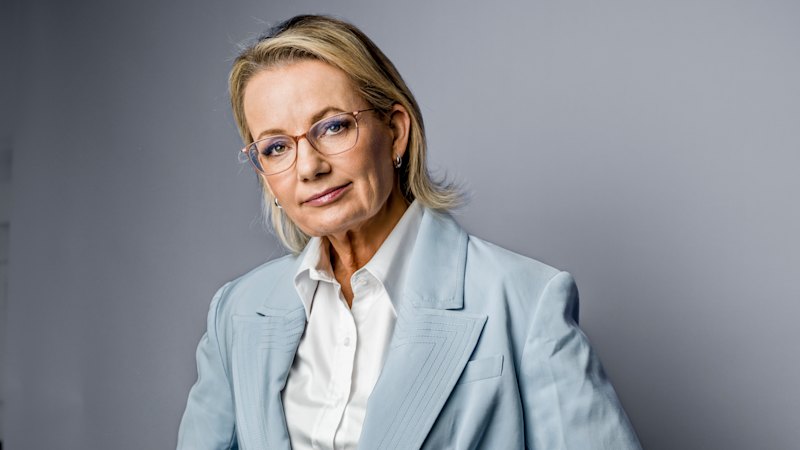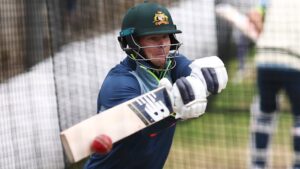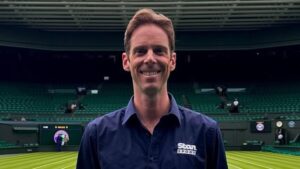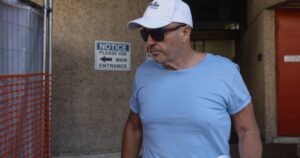
Talk to any Liberal, and at some point, they will pay homage to Robert Menzies, Australia’s longest-serving Prime Minister. In a conversation with Sussan Ley, the deputy leader of the Liberal Party, she dismisses comparisons to the US Democrats as rootless and unsure. “No, we’re not like the Democrats,” she asserts. “I would say we need to explain our values better. They’re clear. They’re enduring. They haven’t changed since Menzies.”
Albury, with its deep Liberal roots, is where Menzies convened a pivotal meeting in December 1944 to establish the Liberal Party’s foundational structures. Yet, many Liberals now argue these structures are outdated. Menzies envisioned a party championing individual rights and the “forgotten” middle classes, but this demographic has largely abandoned the party. In the 2022 elections, the Liberals lost 12 of 15 seats in urban areas, retaining only nine out of 88 metropolitan seats.
The Urban Challenge
“The path to victory is through every single seat,” Ley states, emphasizing the need to reclaim metropolitan Australia. Her supporters, including NSW Senator Kovacic, agree, stressing the importance of winning back cities like Melbourne and Sydney, which lean more progressive on issues such as climate change.
Historically, the Liberal Party was the natural choice for women, but since the 1996 election, women have shifted towards progressive parties. Ley, tasked with making the party more appealing to women, embarked on a “listening” tour post-2022 elections, yet tangible changes remain elusive. Ley’s personal experiences resonate with many women, but the policies that will emerge from her consultations are still unclear.
Generational Shifts and Policy Challenges
Younger voters have increasingly turned away from the Coalition. According to the Resolve Political Monitor, the average age of a Coalition voter is 54, compared to 46 for Labor. Professor Ian McAllister notes that younger Australians, being more educated, are inclined towards stronger climate action and multiculturalism.
“A lot of people would say the Liberal Party isn’t really the party for young people,” Ley acknowledges, but she insists that young people desire choice and opportunity. Her own journey from a shearers’ cook to a politician underscores her belief in aspiration and personal growth.
Economic Policies and Internal Divisions
As Ley navigates internal party divisions, her stance on economic policies is scrutinized. She advocates for reducing government dependency and empowering individuals, aligning with traditional Liberal values. However, the party’s economic management reputation has waned, and Ley’s economic team, including NSW Senator Andrew Bragg, emphasizes the need for substantial reform akin to John Hewson’s 1993 Fightback! plan.
Academic Judith Brett and former Institute of Public Affairs head John Roskam critique the party’s intellectual depth and alignment with modern Australia’s economic expectations. Ley’s focus remains on economic growth, though she acknowledges the public’s increased expectations of government intervention post-COVID-19.
The Cultural and Political Landscape
John Howard’s leadership, marked by economic focus and cultural debates, remains a reference point for many Liberals. However, Tony Barry notes that Australia has changed significantly since Howard’s era, and the party must prioritize economic reform over cultural battles.
Despite challenges, Ley remains committed to her role. Her leadership is seen as crucial for the party’s survival and potential revival. Maria Kovacic believes Ley could become Prime Minister, while others see her as a leader who can stabilize the party for future generations.
Ultimately, Ley’s success depends on her ability to unify the party and adapt to Australia’s evolving political landscape. Her journey reflects both personal resilience and the broader struggle of the Liberal Party to redefine its identity and appeal to a diverse electorate.







